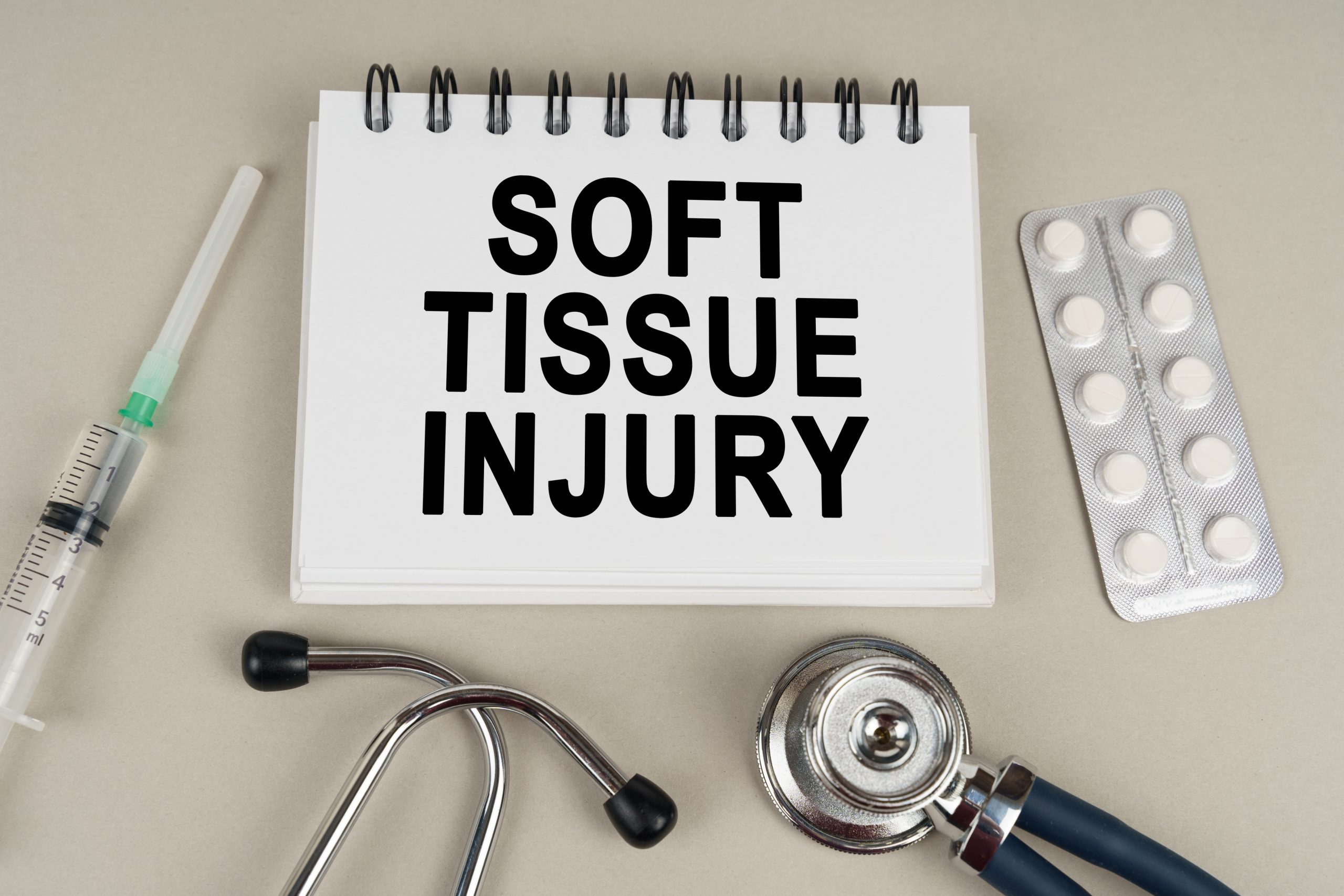When you have been injured in a car accident, you deserve to be compensated fairly for your harms and losses – but what is fair compensation? Certain damages are straightforward and easily calculated, like the sum of your medical bills, and your lost wages for the days, weeks, or months you were unable to work. These are commonly referred to as “economic damages.”
The other element of compensation is “non-economic” damages, which includes compensation for emotional distress and suffering, as well as things like mental anguish, anxiety, humiliation, and the inability to participate in lifestyle activities or hobbies, either temporarily or permanently.
Pain and suffering damages after a car accident may seem, on the surface to be arbitrary, because they are not easily calculable. However, they should be included in your personal injury claim since they are harms and losses that warrant financial restitution when caused by another motorist’s negligence in a car accident. Pain and suffering damages are often determined via one of two methods: a per diem method or a multiplier method. Both of these are fundamentally negotiable. This blog post will explore how to calculate pain and suffering after a car accident, and how an experienced attorney can help you maximize the money you receive for pain and suffering.
Factors That Impact or Influence Pain and Suffering Damages
Below are some of the major factors that impact the amount of compensation that may be pursued through a car accident injury claim:
- Impact of injuries on the accident victim’s quality of life
- Impact of injuries on the accident victim’s career and earning capacity
- Impact of injuries on the accident victim’s relationships, including loss of intimacy
- Length of time accident victim takes to heal or reach maximum medical improvement
- Medical treatment necessary
- Severity of the injuries and the level of pain involved
- Type of car accident (head-on collision, side-impact collision, car vs. pedestrian, etc.)
- Types of injuries (broken bones, burn injuries, amputations, etc.).
No matter how pain and suffering damages are calculated, accident victims should use these factors to advocate for and negotiate maximum compensation. If a settlement is not reached and a case goes to trial, the judge or jury will award pain and suffering damages and will consider factors like these in determining award amounts.
Pain And Suffering Damages: The Per Diem Method
One method of determining damages is calculating a daily amount. While this formula can be adequate for injuries that victims can fully recover from, it can be challenging to calculate when injuries result in permanent disability, chronic severe pain, or other severe lasting bodily harm.
The term “per diem” means “per day,” and the “per diem” method of pain and suffering involves agreeing to a per day amount of damages. This could be an amount from the date the accident occurred until the victim completely recovered. For example, if the amount was $100 per day, and the victim took 60 days to recover, then $6,000 would be awarded in pain and suffering damages. The daily rate will vary based on the severity of injuries.
Pain and Suffering Damages: The Multiplier Method
The most common way of calculating pain and suffering damages is multiplying the damages calculated for medical expenses and lost earnings by a number (“the multiplier”). The amount of the multiplier, an amount between 1.5 and 5 depending on the severity of the injury and other factors, is then multiplied against the amount of economic damages. For example, ff you had $20,000 of economic damages and your multiplier was 2, your non-economic damages would be $40,000. Because this method is negotiated, having an experienced lawyer advocating for you can make a significant impact in the outcome of your case.
Insurance Companies Love to Downplay Pain and Suffering
Insurance companies often tell accident victims that they are being fairly compensated for medical expenses and lost earnings. However, economic damages do not address the serious impact injuries have on an individual’s life.
Do not let an insurance company compensate you for medical care and lost earnings, but fail to fairly compensate you for your physical pain and emotional hardship. Before you accept any compensation for your injuries, speak with an experienced lawyer.
How a Personal Injury Lawyer Can Help
Pain and suffering damages are susceptible to being undervalued because insurance companies focus on their bottom line. Because they are a significant part of a personal injury claim following a car accident, they should not be overlooked. The burden lies on you, the accident victim to make your case for pain and suffering damages. However, you do not have to advocate alone. An experienced personal injury lawyer can negotiate fair compensation for you. Before you make any decisions about your case, including accepting a settlement offer, schedule a no-cost, confidential consultation with an experienced personal injury lawyer.



